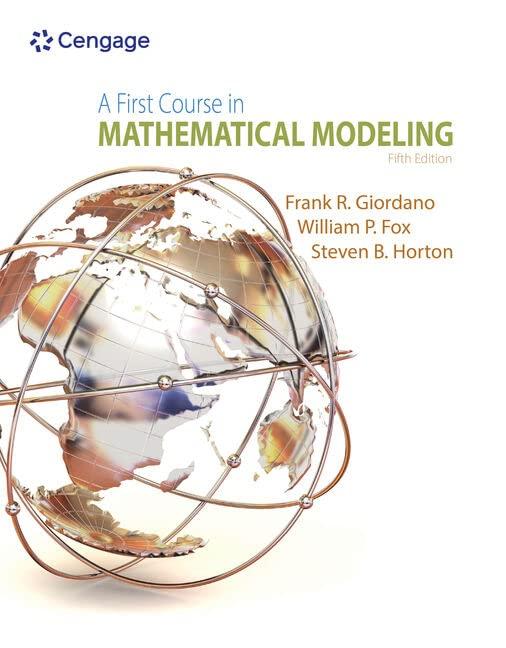For the differential equation model obtained in Problem 5, find Q(t) by separating the variables and integrating.
Question:
For the differential equation model obtained in Problem 5, find Q(t) by separating the variables and integrating.
a. Evaluate Q (1).
b. Compare your previous estimates of Q (1) with its actual value.
c. Find the effective annual interest rate when an annual rate of 10% is compounded continuously.
d. Compare the effective annual interest rate computed in part (c) with interest compounded.
i. ![]()
ii. ![]()
iii. ![]()
iv. ![]()
Data from problem 5
When interest is compounded, the interest earned is added to the principal amount so that it may also earn interest. For a 1-year period, the principal amount Q is given by:

where i is the annual interest rate (given as a decimal) and n is the number of times during the year that the interest is compounded. To lure depositors, banks offer to compound interest at different intervals: semiannually, quarterly, or daily. A certain bank advertises that it compounds interest continuously. If $100 is deposited initially, formulate a mathematical model describing the growth of the initial deposit during the first year. Assume an annual interest rate of 10%.
Step by Step Answer:

A First Course In Mathematical Modeling
ISBN: 9781285050904
5th Edition
Authors: Frank R. Giordano, William P. Fox, Steven B. Horton





